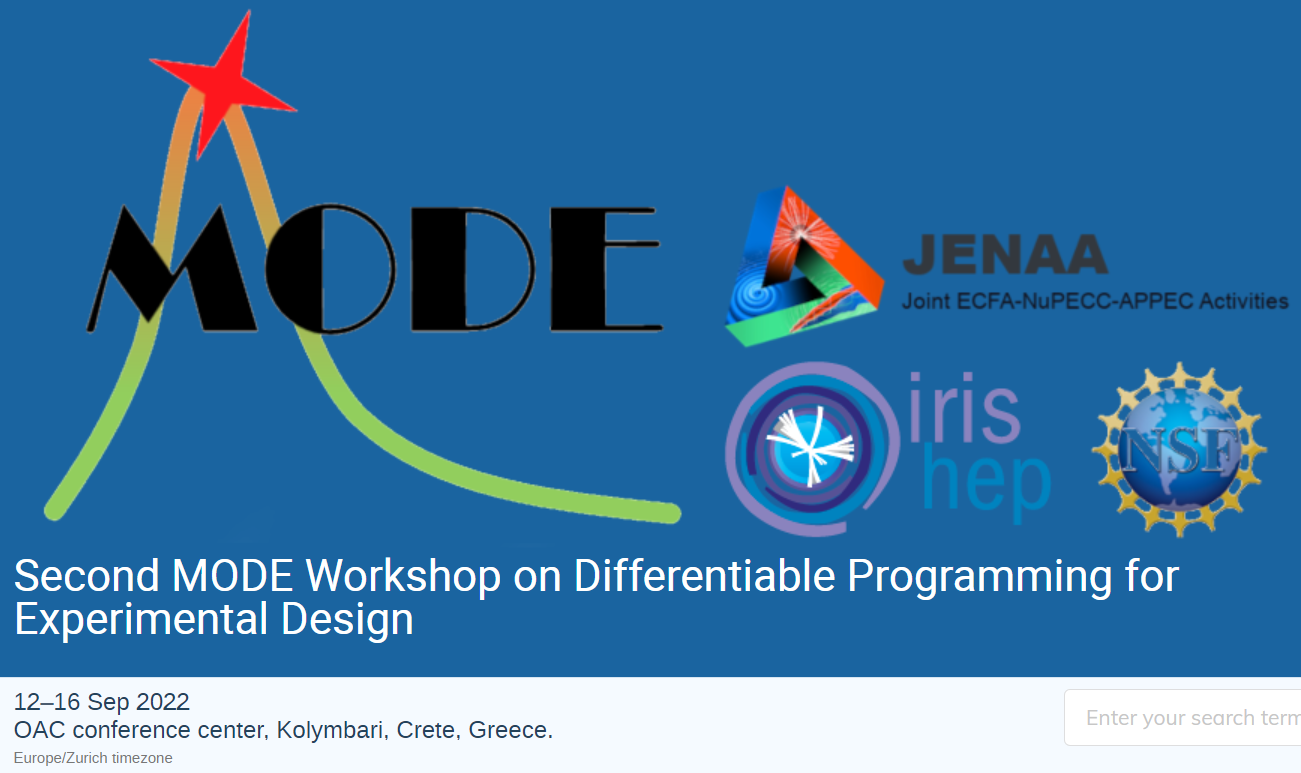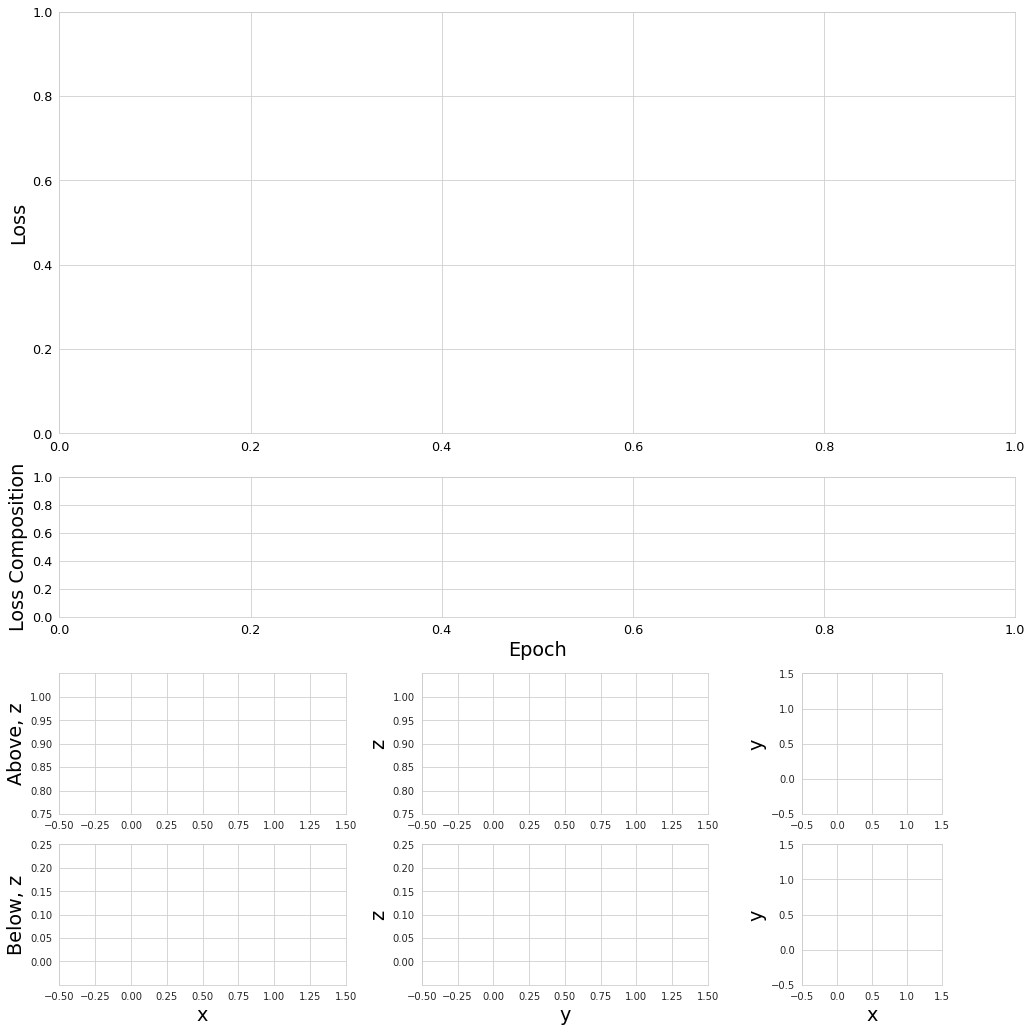In some sense, the kind of CMS work I am presently involved in (co-chair of the Thesis Award Committee; member of the CMS Statistics Committee; advisor of a PhD thesis and member of an analysis group) is not as demanding in term of brain processing. Or, to be more precise, let us say it does not require me to "think outside the box" too much, while that other occupation does.
The INFN, the institute I work for, gives me freedom of research so I do not have to ask for authorization to use my time one way or the other. However INFN does require me to declare, once a year, what fraction of my time is devoted to each experiment I take part in. Those numbers are then used for general statistics as well as to provide some funding for travel to conferences and to do collaborative experimentation; they are also used to decide whether I have authorship rights in those experiments (you need to pass a certain threshold to earn that right).
It is a bit unfortunate that the MODE collaboration, of which I am the scientific coordinator, is not a recognized entity by INFN yet (mostly my fault, but it is very hard to be put on the map when your activity is not targeting specifically one of the five research areas that make up the focus of INFN research, but rather all of them at once). So MODE is at present only relying on the good will of its members, as it has no funding to operate as a group. That is, except for a couple of sponsors. The first one is IRIS-HEP, an American NSF-funded organization ("Institute for Research and Innovation in Software for High-Energy Physics"). The other is JENAS, a consortium of Appec - NuPecc - ECFA that supports a few initiatives of interest to the whole particle physics / nuclear and neutrino physics / astrophysics community.
I guess the above paragraph means that if you have extra cash you could consider funding a Ph.D. student to work with us for the future of fundamental science! Otherwise, well, there are other ways to support our work. In fact, we have recently announced the second edition of a workshop on Differentiable Programming for Experimental Design, the focus of MODE research.

The workshop follows the first edition, which took part in Louvain-la-Neuve last September and was very well attended, with 30 on-site and over 70 online participants. It is funded with a significant contributuon from the above mentioned sponsors, and will take place in the beautiful town of Kolymbari, in the north-west coast of Crete, from September 12 to 16. So if you are interested or you are working on deep learning applications to fundamental science research, you will definitely be happy to hear the latest developments at our workshop. Even better, you can submit an abstract and come and give a talk... Covid-19 is not over yet, but on-site participation has effectively restarted.

Above: the fantastic Balos beach, 30km west of the workshop site, can be reached by car or boat.
If you do decide to come, I strongly advise you to take some extra days before the conference, to enjoy a visit to the wonderful beaches of western Crete: Falasarna, Balos, Elafonissi. The region can be reached most comfortably by landing in Chania (served by Aegean but also by several other airlines), or Heraklion, or by boat to Chania port. Trust me, you won't be disappointed... And the quality level of the food you will get in restaurants such as this one will not be forgotten.
As for the scientific program: we will have all-plenary sessions devoted to recent advances in applications to HEP, astro-HEP, neutrino physics, nuclear physics, as well as a few invited lectures and a data challenge. Although the workshop focuses on the real cutting edge of differentiable programming applications, such as the one below, you should expect a general coverage also of more "standard" uses of deep learning, such as image classification for jet tagging, track reconstruction, deep regression, anomaly detection, and the like.
So that's it - I hope you will join us! The regular fee for 4 days includes lodging, three meals, and use of all facilities, and is at a very low 580 eur, so you won't break the bank by coming...
As for the "cutting edge" applications that MODE is focusing on: take the gif below as an example. In the case at hand, the software is a differentiable pipeline that models the problem of optimizing a detector meant to discover whether inside a cubic meter of metallic waste somebody has concealed a block of Uranium - a use case of interest to border control and foundry safety. For that purpose, cosmic rays impinging on the volume are traced by detector panels above and below, and inference on the material in the volume is carried out based on the amount of scattering that the rays undergo as they traverse it.
The loss function of the problem includes the effectiveness of spotting volumes that conceal Uranium inside, along with a penalization for the cost of the detector panels. The system "learns" what configuration of the detection elements is most effective, by minimizing the loss. Of course the above is a very quick-and-dirty explanation only, but it suffices to give the flavor of the complexity of the task - the software needs to perform several steps to carry out the task:
1) generate a flux of cosmic rays with a simulator
2) simulate the trajectories of muons in the material and their interaction with the detection elements (hits)
3) perform a reconstruction of the trajectories using the detected hits
4) infer a map of the density of material in the unknown volume
5) construct a test statistic to discriminate volumes with concealed uranium from normal ones
6) evaluate the performance of the discrimination, and compute a loss function
7) change the configuration of detection elements following the gradient of the loss function
8) iterate to convergence.

Here is the animated Gif: on the top you can see the loss function decreasing as the system "learns" the best configuration; on the bottom you can see the detector panels above and below the unknown volume (four above and four below) as they move about, seen from the side and from the top. The problem considered here is a very "symmetric" one (Uranium blocks are simulated at random within the volume) so one might imagine that there is not much to discover in terms of the optimal arrangement, but still the system understands non-trivial details on the most effective layout. Explaining its choices is then easy by looking at the loss profile and tracing it back to the inference performance.
While this is only a "demonstrative" application of differentiable programming to detector design, it contains all the ingredients that may be deployed to attack harder, more scientifically interesting problems. But muon tomography by itself is a booming field of applied science, so we plan to release this software and benefit a large community with it!
[The gif has been produced by G.C. Strong who is leading the development effort for this software package].
---
Tommaso Dorigo (see his personal web page here) is an experimental particle physicist who works for the INFN and the University of Padova, and collaborates with the CMS experiment at the CERN LHC. He coordinates the MODE Collaboration, a group of physicists and computer scientists from eight institutions in Europe and the US who aim to enable end-to-end optimization of detector design with differentiable programming. Dorigo is an editor of the journals Reviews in Physics and Physics Open. In 2016 Dorigo published the book "Anomaly! Collider Physics and the Quest for New Phenomena at Fermilab", an insider view of the sociology of big particle physics experiments. You can get a copy of the book on Amazon, or contact him to get a free pdf copy if you have limited financial means.





Comments